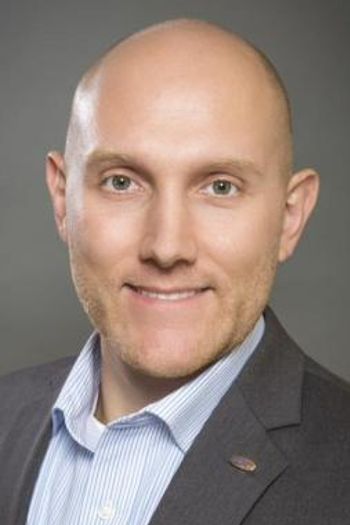
Emergency departments are practicing bad medicine at patients’ expense
The strategy of replacing physicians with NPs and PAs leads to worse outcomes, higher utilization costs
All across the U.S. health care delivery landscape, a sense of desperation is in the air. The financial troubles that had beset many provider organizations for years were only exacerbated by Covid-19. As these organizations try to recoup huge financial losses, they must also contend with a host of other operational challenges that also began long ago. The problem is that some of the cost-cutting measures being deployed come at the expense of patients.
Many health systems, including
That’s on top of the more than 150 rural hospitals that have closed their doors between 2005 and 2019. Covid-19 certainly played a role in this, but it only brought the industry to such a crisis stage because it was already teetering at the edge of a cliff. Between inflation and staff shortages, more difficult days
On the staffing front, doctors and other clinical workers are in
Under these circumstances, the health care workers that remain are becoming more vocal: nurses are going on
The situation in emergency departments (EDs) is an example of these compounding problems. Unable to hire or afford physicians and other medical professionals to keep their EDs open, many hospitals have turned to outsourcing them to medical staffing firms.
Comforted by the bromide that “everybody is doing it, so it must make sense,” medical staffing firms get a credible hearing when they explain how they’re going to staff the ED for less than the facility used to spend. It’s not surprising then that the numbers of PAs and NPs in emergency department settings have been steadily
Because they have less diagnostic experience than physicians, these clinicians are more likely to make mistakes, especially when it comes to more complex or less obvious cases. Take, for example, this
Contributing to such situations is the fact that many patients who enter emergency departments don’t have a primary care doctor and don’t distinguish between one “white coat” and another. Nor do they feel they have the standing to ask questions about the level and cost of the care they are receiving. And if they don’t have a caregiver who can advocate on their behalf, they are left at the mercy of ED staff judgment.
As for saving money, research has shown that, when less experienced health professionals are making the diagnosis, they
The FFS model is broken, and taking shortcuts in staffing in a system that has never worked only magnifies its weaknesses. As Rita Numerof, Ph.D. and I explain in our book, Bringing Value to Healthcare, under FFS hospitals get paid to diagnose and treat illness, making more money for doing more things to each patient. A byproduct of this “test more, treat more” mentality is
The FFS approach has hampered health care delivery by focusing on revenue generation rather than optimal
While there is no one right path for every health care delivery organization, a lot of the abuses we are witnessing would be mitigated by adopting a patient-centric,
Health care organizations’ experiences during and after the pandemic display the failings of the FFS system in big, bold letters. The sheer number of Covid-related deaths and complications—especially among those with pre-existing conditions—coupled with the financial hemorrhaging that occurred from the shutdown of lucrative elective procedures in the pandemic’s early days, should have shaken health care organizations to their core. Instead, it seems that many providers still haven’t learned some painful lessons.
Numerof & Associates’ 2022 Population Health
As the health care delivery system continues on this downward path, providers cannot afford to keep practicing bad fiscal medicine any longer.
Michael N. Abrams, MA is managing partner of the health care consultancy
Newsletter
Stay informed and empowered with Medical Economics enewsletter, delivering expert insights, financial strategies, practice management tips and technology trends — tailored for today’s physicians.








